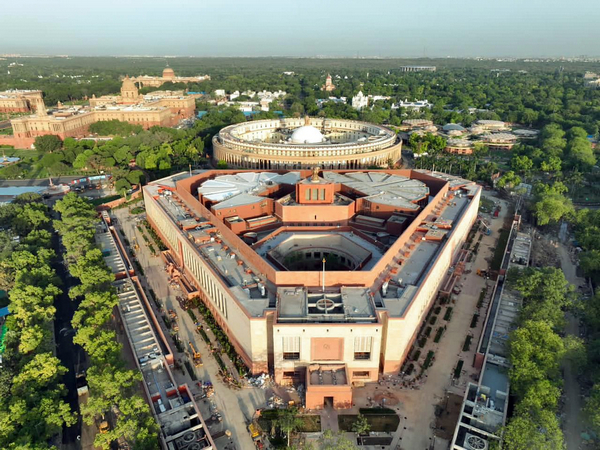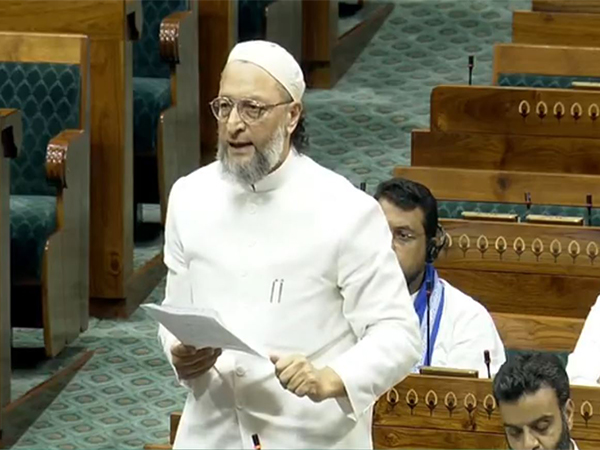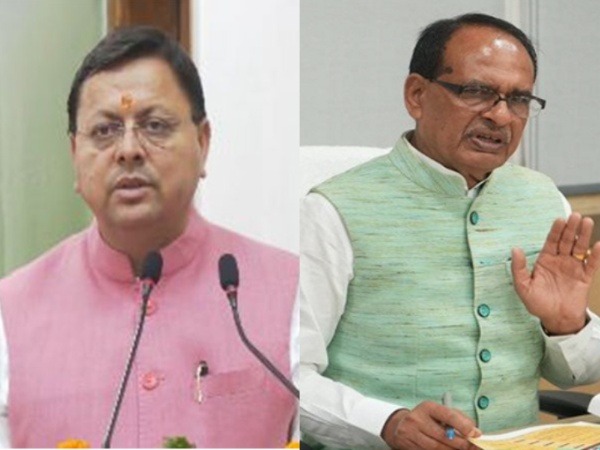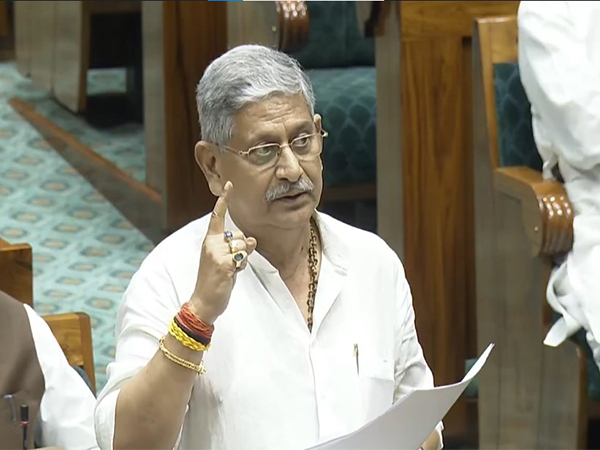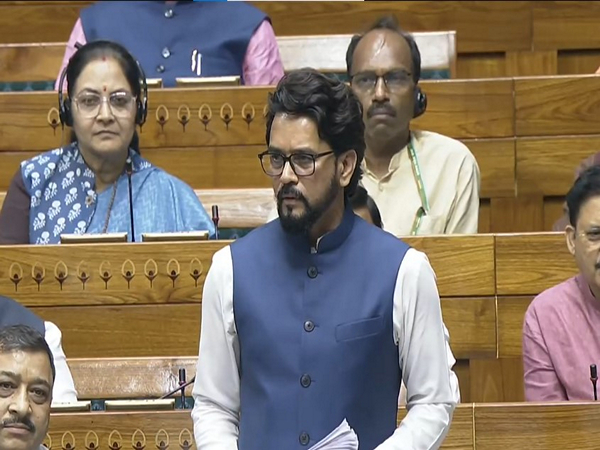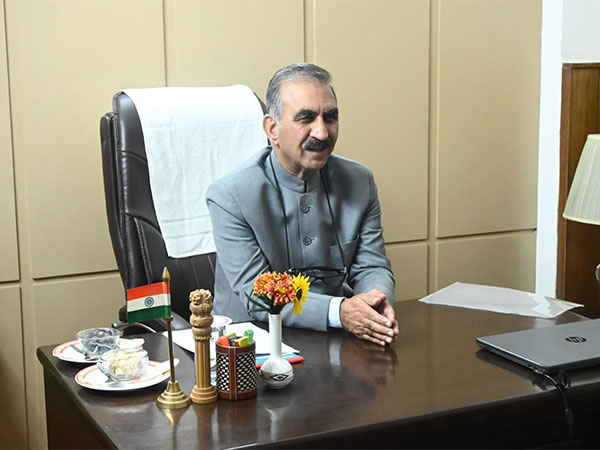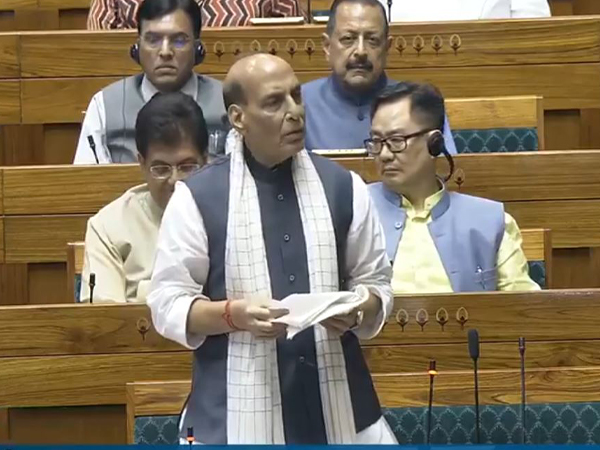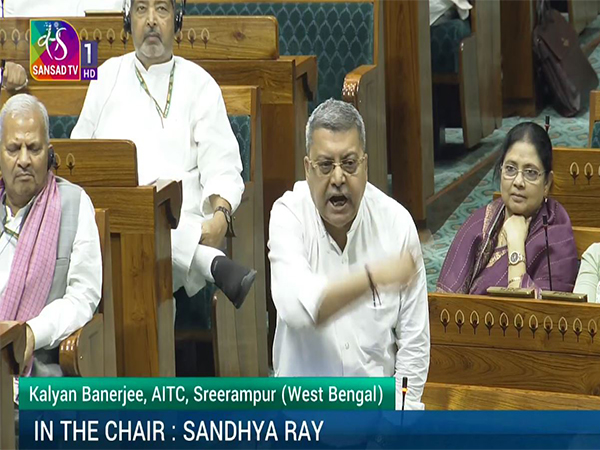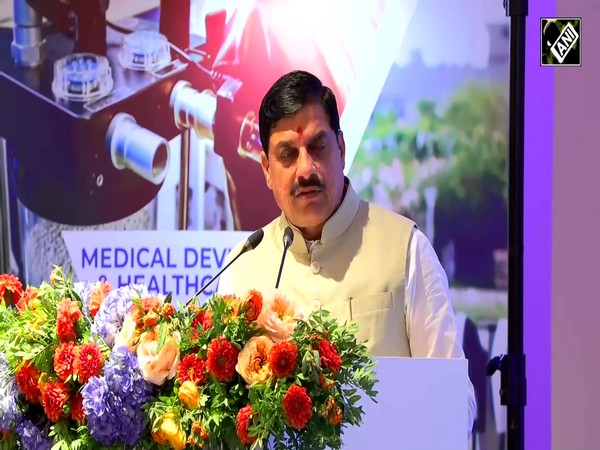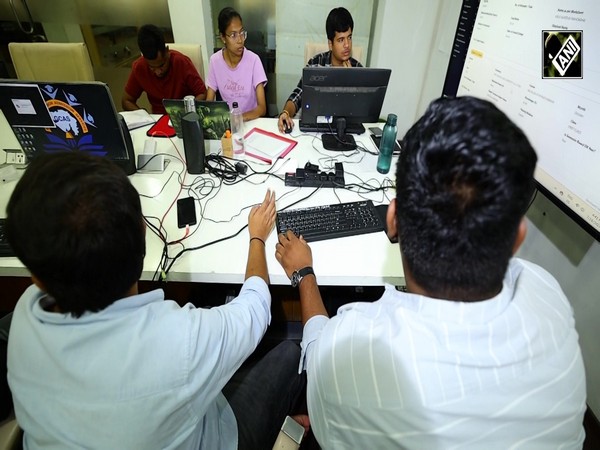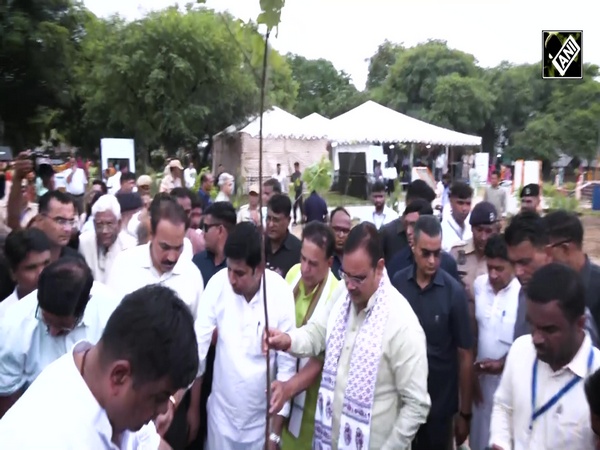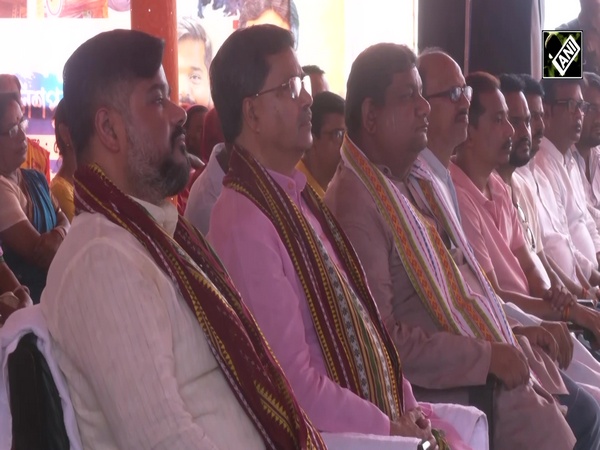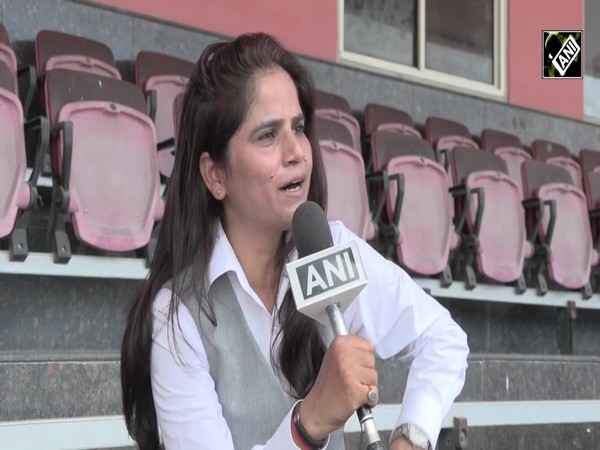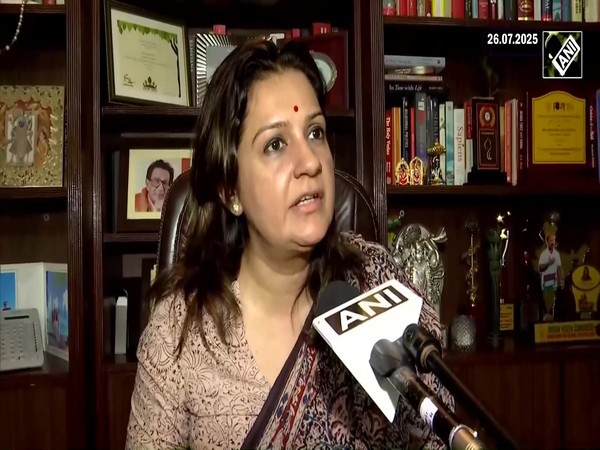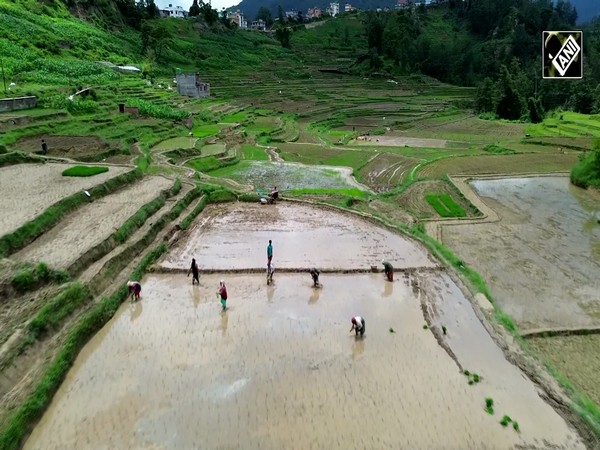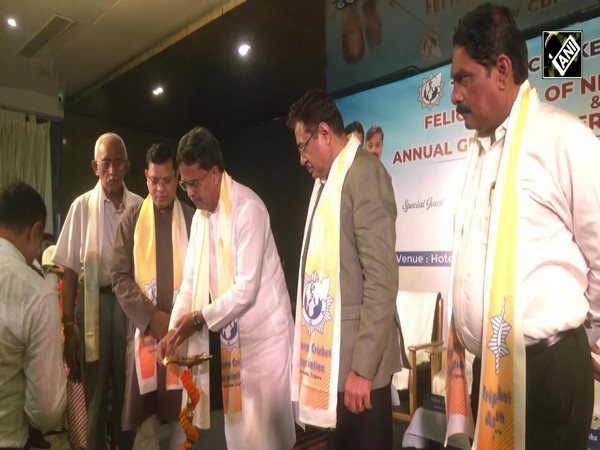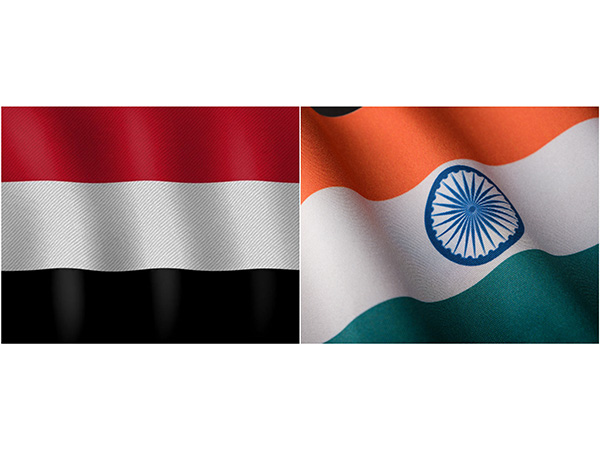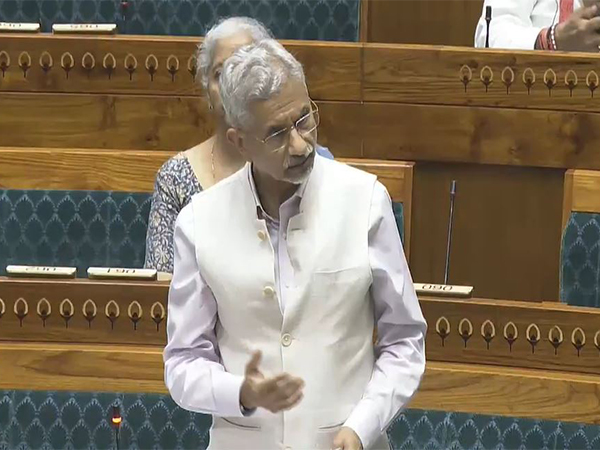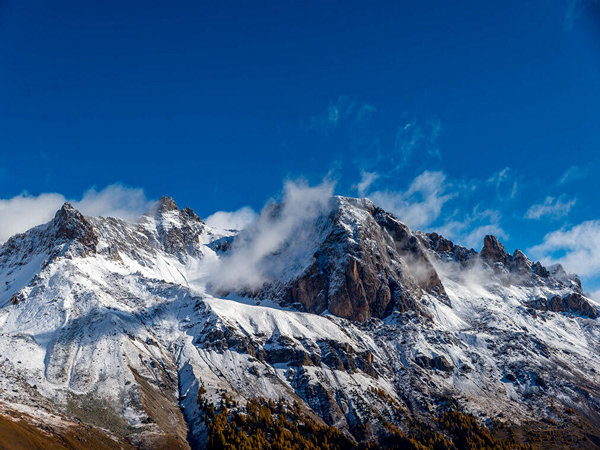
Nagaland University-led project to assess high-altitude lake stability and GLOF risks in Eastern Himalayas
Jul 28, 2025
Kohima (Nagaland) [India], July 28 : A Nagaland University-led project is developing a detailed and near-accurate inventory and stability assessment of high-altitude lakes in the Sikkim and Arunachal Himalayas.
It will focus on the potential linkages between glacial lake outburst floods (GLOFs), perticularly from Tenbawa Lake and the Holocene climate in Sikkim, as well as assessments of two other glacial lakes in Arunachal Pradesh.
The Researchers intend to identify 'potentially dangerous glacial lakes' using high-resolution data and analyse geomorphology, permafrost and slope instability in the Tawang region of Arunachal Pradesh and in the Lachung basin of North Sikkim under two separate projects.
The risk from sudden lake outbursts will be quantified through bathymetric surveys and 2D/3D flood modelling from select lakes in the Tawang region.
The project also seeks to identify ecological risks, knowledge gaps, and ecosystem services related to high-altitude lakes under contemporary climate change, as well as assess stored freshwater resources.
The results of this research will be shared with policymakers, planners and developers for a holistic development along the banks of the streams and rivers to mitigate the impact of devastation on account of a 'Glacial Lake Outburst Flood' event, thus saving the post-disaster haphazard rescues, insurances and rebuilding of structures.
This project is funded by the Ministry of Earth Sciences and the Ministry of Environment, Forest and Climate Change, Government of India. It is led by Dr Manasi Debnath of Nagaland University, who serves as the Principal Investigator.
The Co-Principal Investigators include Dr Milap Chand Sharma, Senior Professor in Geomorphology, CSRD, Jawaharlal Nehru University, Delhi; Dr Rajesh Kumar, Department of Geography, Sikkim University; Dr Mriganka Shakar Sarkar, Scientist-B, GB Pant National Institute of Himalayan Environment, Itanagar; and Dr Pankaj Kumar, Scientist-F and Group Head of Accelerator Mass Spectrometry and Geochronology, Inter-University Accelerator Centre (IUAC), Delhi, which is a partner organisation.
Samikcha Rai, Junior Project Fellow and PhD Scholar, Department of Geography, Nagaland University, is also among the researchers working on this project.
Highlighting the need for such studies, Prof Jagadish K Patnaik, Vice-Chancellor, Nagaland University, said, "Nagaland University takes great pride in leading a critical research initiative aimed at developing a detailed and near-accurate inventory and stability assessment of high-altitude lakes in the Sikkim and Arunachal Himalayas. This multidisciplinary project focuses on understanding the Glacial Lake Outburst Flood (GLOF) potential of Tenbawa Lake and its linkages to Holocene Climate variations."
"Such scientific efforts are vital in addressing the increasing environmental vulnerabilities in the eastern Himalayas, enhancing our preparedness for natural hazards, and deepening our understanding of past climate dynamics. This project is a testament to Nagaland University's commitment to advancing frontier research for societal and ecological resilience in the Northeast region and beyond," Patnaik said
Elaborating on the focus areas of this project, its Principal Investigator Dr Manasi Debnath, Assistant Professor, Department of Geography, Nagaland University, said, "We are working to create a precise inventory of glacial lakes in the Eastern Himalaya (North Sikkim and Arunachal Himalaya) and evaluate the dangerous lakes in terms of breach potential and volume of discharge. These would be carried out using high spatial resolution satellite images, and necessary field validation and measurement for the potential lakes."
Highlighting what makes this research unique, Dr Manasi Debnath added, "We propose to assess the glacial lakes of Arunachal and Sikkim, which have not been studied in detail for breach characteristics and area being impacted due to inundation at the time of GLOF, the length and reaches affected. Since the assessment of the Arunachal glacial lakes is at the headwaters of the Brahmaputra, any lake breach can be devastating in terms of the length of reach. In Sikkim, the ecological impacts under such circumstances are also being studied at the Lachung sub-basin level. Palaeo-hazard analysis at the Lachung sub-basin in the Sikkim Himalaya aids in comparing past and present GLOF frequencies at the basin scale."
The geographical peculiarity of these glacial lakes, the impact of climate change on the thawing mechanism of permafrost, and a regional pattern in terms of the rate of recession and ice loss in glaciers of the Eastern Himalaya compared to the Western Himalaya and the rest of high Asia.
Drone mapping and bathymetry surveys of the glaciers and glacial lakes would help produce a near-accurate database for modelling possible related disasters, facilitating robust development along the streams emanating from these glaciers and lakes, as well as the river downstream.
Palaeo-studies aim to infer the extent of climate change in the geological past, helping to understand the current debate between human-induced and natural climate variability.
This project will further help in the development of the newly established lab at the Department of Geography, Nagaland University, named 'Glacier and Mountain Research Lab.'
